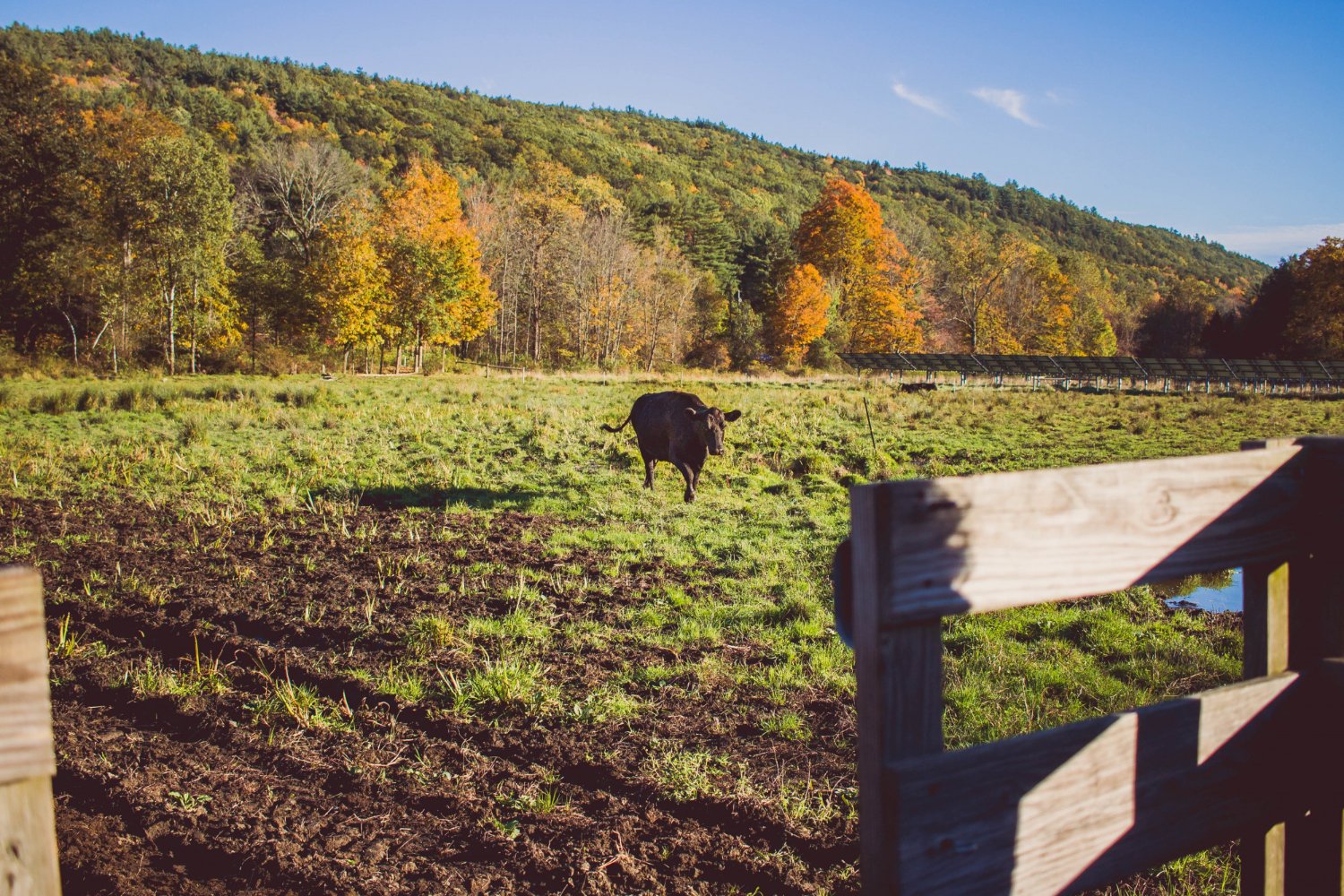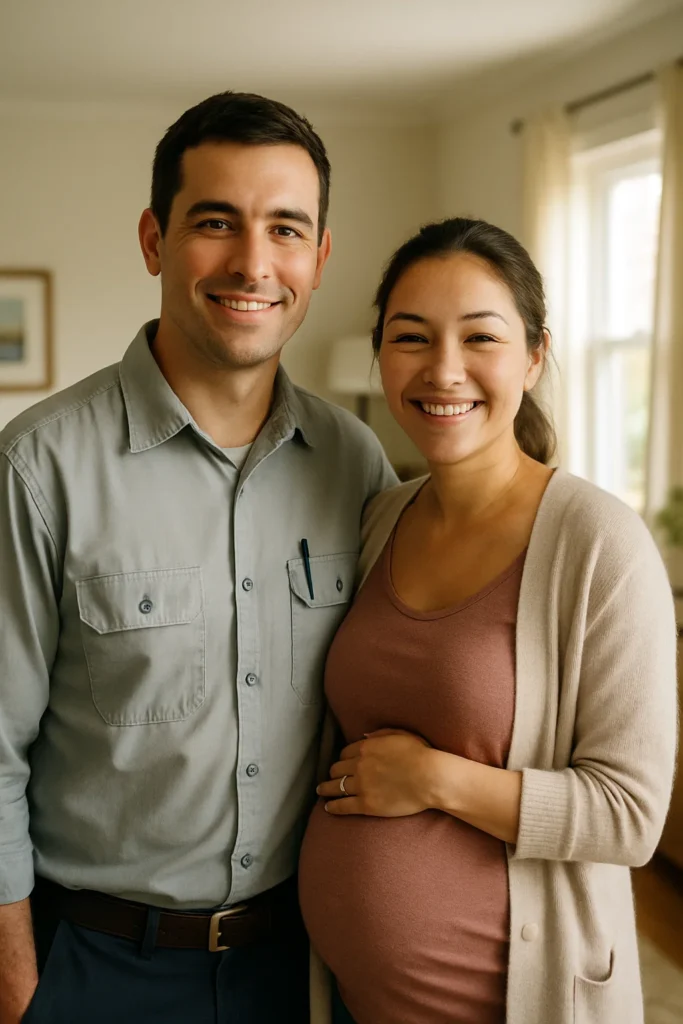
The Ex-Farmer
Pat and Karen grew more comfortable, appreciating the structured and logical approach that provided financial security, a steady income, and confidence that when the markets next crashed, they had a plan.
Mark and Stephanie had always prioritized debt repayment, successfully paying off their mortgage early. They were disciplined savers with a combined annual salary income of $260,000 and had accumulated $100,000 in cash savings. In addition, Mark has been building a company on the side, doing some contracting work and hopes to go out on his own one day. This company earned $60,000 last year.
Despite financial stability, they hesitated to flip the switch from saving to investing, uncertain and fearful of making incorrect choices that could diminish their hard-earned savings. They looked online to find out what they should be doing and were overwhelmed by the amount of information.
Mark and Stephanie needed clear financial education and reassurance through transparency and simplicity. After listening to where they were getting stuck, I wanted to fix the foundation of how they manage their finances. While this may not seem like a traditional cash flow issue (typically associated with overspending), I related to their experience and addressed one of he underlying issues. We created a system for managing cash flow. We learned about portfolio construction, emphasizing low-cost, diversified ETFs, and carefully explained asset allocation principles tailored to their long-term objectives, as well as risk management. We also created a road map to improve our financial literacy and comfort level with the markets, and they agreed to watch all my quarterly reviews, monitor their accounts closely in the short term to experience the ups and downs and emotional rollercoaster, to prepare them better as the portfolio grew along with the dollar figure of the ups and downs. Because of this, we agreed to fix the cash flow but not invest all the cash savings at once, instead opting to put it in over the next few years and take advantage of any drops. Although not mathematically optimal, this approach gave them a place to start and eased their concerns.
With education and ongoing dialogue, their confidence grew. The markets dropped shortly after they started investing, and they panicked. They called me, and we eventually agreed to do what we had discussed and added to the portfolio. The drop was short-lived. They saw their portfolio recover and made a little money with the additional funds they deposited. But the money wasn’t the biggest win. They had just learned to make decisions ahead of time and execute when it was hard to do so.Fast forward a few years, and we had accomplished the following.
No longer plagued by decision fatigue, they look ahead and make choices intentionally, positioning themselves in a great situation to achieve their evolving goals and priorities.

To not run out of money
Access weekly newsletters to stay ahead in lighting science and wellbeing.

Pat and Karen grew more comfortable, appreciating the structured and logical approach that provided financial security, a steady income, and confidence that when the markets next crashed, they had a plan.

Accumulated nearly $ 1.5 million within his Hold CO account.